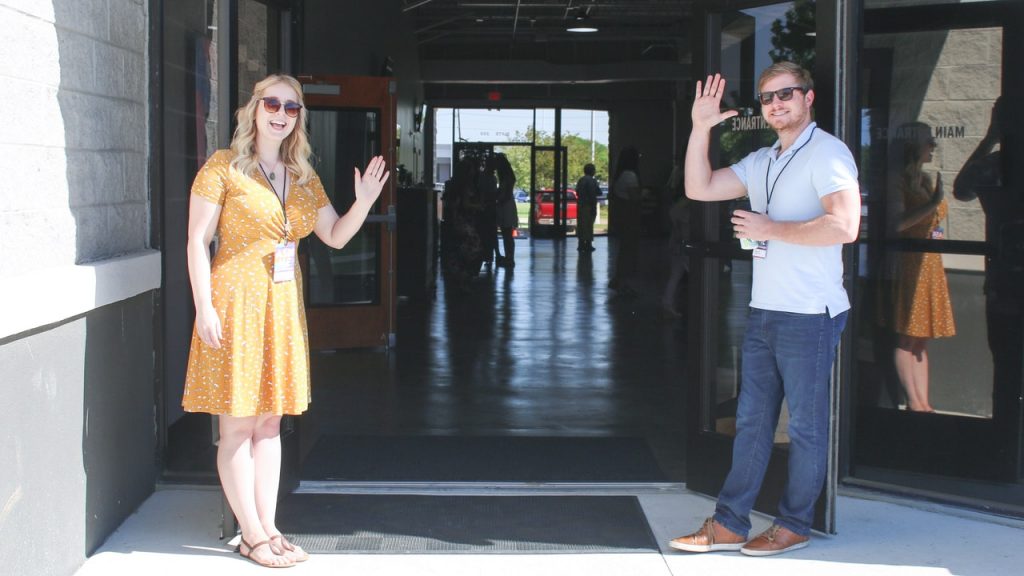It seems that few people have any clue on what Stéphane Dion’s “green shift” will end up costing the average Canadian family. The National Post’s Political Editor sums up this opinion, writing:
It remains at heart largely a leap of faith. Mr. Dion says he can make it work, and you have to be willing to take him at his word on that. Though low-income Canadians would clearly benefit, the cost of that to the rest of the population is not clear. Also unclear is how the party would continue to fund the tax cuts once emissions went down and the related tax revenue disappeared.
The green shift book claims that the only direct costs for an “average” family will be an increase of $250 for heating their homes and BBQing. The document says that “the primary impact will depend on local energy sources, local weather and energy efficiency of the household”, without providing a cost estimate.
Let’s indulge in some speculation of how much the “green shift” will cost us indirectly. The $40 per tonne tax on carbon emissions will be levied on the wholesale level and will raise an estimated $15 billion in new revenue. Businesses forced to spend more on energy will find a way to pass on the entire cost to consumers. The 1% cut in the GST enacted by the Conservatives cost the Treasury $6 billion. That suggests that the indirect carbon tax component of the green shift will be equivalent to a slightly more than 2% increase in our spending. What do you call a tax that is applied on our spending? Don’t we already have one called the GST?
If our assumption that the carbon levy will amount to a 2% tax on spending is correct, Statistics Canada’s Survey of Household Spending provides us with an estimate that the “green shift” will cost an average Canadian household, which spends roughly $50,000 on current consumption every year, $1,000. Add the $250 in estimated direct costs and the green shift is likely to cost $1,250 per year. Note that the tax benefits for a couple with one child living in Ontario and earning $80,000 is estimated at $1,012 according to the “green shift” calculator. This rough analysis gives credence to the Liberal claim that the policy will be tax neutral.
As the “green shift” proposes to refund the carbon tax in the form of income tax cuts, the policy amounts to increasing the tax on consumption while offering an equivalent cut on income. Canadians who save a significant portion of their income are likely to benefit from this policy as money sitting in a bank or brokerage account isn’t emitting any greenhouse gases. Most Canadian families in the middle income brackets that spend most of their income are likely to be more or less in the same financial situation as before. Big spenders are likely to be hit the hardest.
Here’s my question though: assuming that greenhouse gases are a problem that must be addressed (for the record, I think it is), does anyone seriously believe a 2% tax on spending is going to achieve it? Informed comments are welcome.
Note: This or That will return next week. Have a nice weekend!











